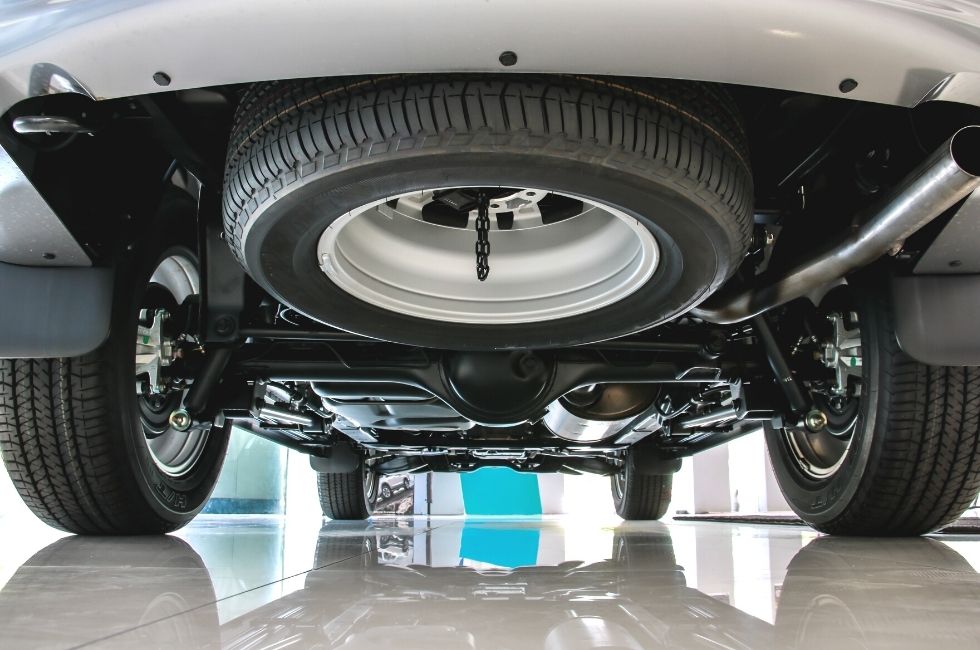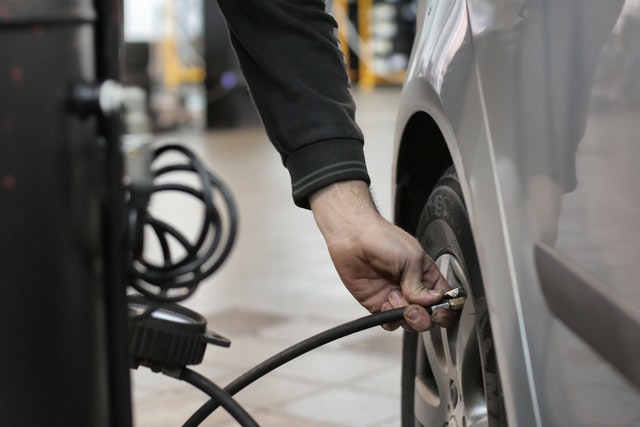When driving, the suspension of a vehicle is an area of concern that becomes immediately noticeable in how it handles on the road. It’s that pivotal moment when even the newest of cars suddenly feel like it doesn’t want to be steered.
In order to keep vehicle suspension in its best possible condition the best foot forward would be to start with the tyres. It may be easy to spot an issue with a vehicle, but knowing how suspension problems can affect cars and tyre safety is vital.
Figuring out the source of the problem can be tricky, but Chris Lett, tyre expert, and owner of Branigans Budget Tyres, advises that “vehicle owners should get their car looked at if they experience any of the three tell-tale signs that may indicate suspension problems.”
Rough & Bumpy
Driving with a vehicle that can simply be described as bumpy and rough is one of the first signs that there may be problems with the suspension system. Repair is definitely required – especially when steering creates the same feeling as an off-road experience.
At this point, the shock absorbers of vehicles have had a leak and since they’re designed to keep tyres on the road, a car will have difficulty navigating even the smoothest surface.
Pulling
When a vehicle pulls to the left or right like a stubborn horse, there may be a number of things to consider that include alignment issues, uneven tyre pressure and suspension issues. A vehicle pulling to either side should not be treated from a cost-saving perspective in a home garage, but instead requires the expertise of a trained professional.
Cars that experience pulling are hazards on the road and places drivers and those in close proximity in danger. The good news is that tyres usually only require to be inflated correctly, or a rotation work, to set it back on track. But, there are times other services may be required, so it’s best to rely on those who are certified to fix these issues.
Difficult Steering
Pulling usually does make the steering of a vehicle difficult, but when much lower speeds are observed and steering becomes a hefty task, then it may indicate suspension system complications. When a vehicle’s suspension system is faulty, steering may feel like it’s slipping when it’s held in a turned position.
The best thing to do here is to check the quantity of power steering fluid or for a loose power steering belt and pump. Chris Lett says that people tend to take care of these issues by themselves or at a filling station, but in seeking quick fixes, long-term damage is done to the suspension systems of cars.
Addressing the matter with care becomes the difference between a safe journey and a potentially dangerous one. Leaving suspension faults in the hands of someone who may not have the skill set required to fix it, may mean that there’ll be an increase in repair costs.
Checking Air Pressure
Chris also stated that “proper tyre inflation will allow tyres to wear more evenly over time and reduce gas consumption while improving vehicle handling.”
Moreover, weather temperatures will play a big part in tyre inflation. There is also the question of underinflated tyres that’ll create far too much friction and heat. In this case, there is a likelihood of failure at hand that needs to be considered. This is where proper air pressure comes in.
On the inside of the driver’s door of a vehicle, manufacturers usually provide a sticker with air pressure indications fit for the specific make and model of car in question. The best time to check tyre pressure is in the morning while they are still cold.
Tyres are what connects a vehicle firmly to the road. Should they be overinflated, underinflated, misaligned or dry-rotted, a vehicle may put its driver and passengers at great risk.
For further information, visit or call Chris and his team at Second Hand Tyres Gold Coast |Branigans Budget Tyres by contacting the Service Centres in Burleigh Heads (07) 5535 2660 or Southport (07) 5591 8633.
Syndicated by Baxton Media, The Market Influencers, Your Digital Marketing Agency.







